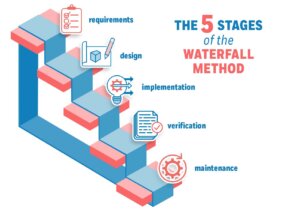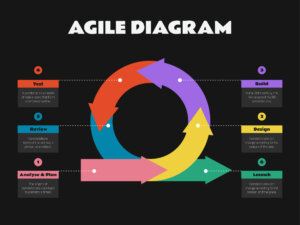The past few weeks have been quite busy helping a client prepare for an arbitration between a project contractor and the management of a troubled project. An arbitration is less severe than a lawsuit, in that the parties in disagreement choose an ‘arbitrator’ who is well qualified in the industry, to decide who is right about which claim. They then agree to abide by that decision. Much cheaper than a lawsuit, apparently.
We are reviewing the contract, deliverables, deadlines etc. on a given section of the work, when I notice the monetary amount in that section does not seem very large. Diplomatically, I suggest we do a “Pareto Analysis”, and prioritize the preparation of the larger items.
Pareto Analysis (also known as “the 80/20 rule”), refers to the analysis of the Italian economist Vilfredo Pareto, where he observed that 80% of land in Italy was owned by 20% of the population. More recently, it has been applied to many more uses: what 20% of the effort would contribute to 80% of the improvement; which 20% of customers bring 80% of your business.
“Oh yes” said my customer, “let’s do the Pareto thing”. So instead of a small work item, we analyze and document an item which -by itself- is more than half of the total amount in dispute.
Pareto analysis is one of the first tools the project manager should reach for, suggesting to us which 20% (ie, small amount) , if addressed, would bring us the 80% benefit (ie, large amount). It can help us prioritize change requests. It can help us organize the resolution of problem log items. If funding has shrunk, it suggests which work to keep in scope; which to de-scope.
Even in Agile Scrums, Pareto Analysis can bring clarity to the product owner about which high priority work to deploy in the next Sprint. It can be applied to large items -such as which budgets to analyze first- and to small items -which phone calls to return first-. So do use it extensively.
As to my customer’s arbitration: they lost 2 items and the contractor won 2 items. The contractor’s items were about 25% of the amount in dispute, my customer’s items were 75% of the amount. The contractor just did not present a very compelling argument. He must have run out of time. For my customer, the Pareto thing paid off handsomely.
 Sections of this topic
Sections of this topic












